Tesla hopes high-level personnel changes will help it gain an edge in neural network knowhow for its models' self-drive features, following the replacement of its Autopilot chief and the appointment of a recent Stanford grad to head its AI and Autopilot vision research.
To that end, Tesla has appointed Andrej Karpathy as director of AI and Autopilot vision. Karpathy hails from OpenAI, a leading AI research institute Tesla CEO Elon Musk co-founded, and he recently earned a Ph.D. from Stanford University in deep learning and computer vision.
Tesla also announced yesterday the departure of Chris Lattner, a former Apple head engineer who developed the Swift programming language, who leaves Tesla six months after joining the company in January. Jim Keller, another Apple veteran who joined Tesla 18 months ago to head Autopilot's hardware development, replaces Lattner.
Chris just wasn't the right fit for Tesla, and we've decided to make a change. We wish him the best.
In a tweet, Lattner hinted that he was happy with the split. "Turns out that Tesla isn't a good fit for me after all. I'm interested to hear about interesting roles for a seasoned engineering leader!"
Deep Learning
Karpathy, who will report directly to Musk, has a pure research background. Besides working as a researcher for OpenAI, a non-profit AI development company, and as an intern for Google during the summer of 2013 and 2015, he lists no other professional experience in his LinkedIn profile. Tesla also noted he has contributed to the ImageNet database project, but was not more specific.
A Tesla spokesperson said Karpathy's background in neural network and computer vision research should help to advance the EV car firm's driverless ambitions.
Andrej has worked to give computers vision through his work on ImageNet, as well as imagination through the development of generative models, and the ability to navigate the internet with reinforcement learning.
It also appears as if Karpathy is replacing David Nistér, who was previously vice president of Autopilot vision. According to Nister's LinkedIn profile, he is now vice president of autonomous driving and mapping for Nvidia.
A Tesla spokesperson wrote in an email that Karpathy, whose Ph.D. dissertation was entitled "Connecting Images with Natural Languages," specializes in creating complex descriptions of images using a deep neural net. This involves, for example, "identifying not simply that there is a cat in a given picture, but that it is an orange, spotted cat, riding on a skateboard with red wheels on brown hardwood flooring," the spokesperson said.
For Tesla's Autopilot, the enhanced ability to detect and identify complex images and their often-complex relationships with other objects surrounding a Tesla car traveling in self-drive mode could eventually help the on-board AI to react to driving scenarios better than humans can.
Reinventing Autopilot
Tesla also has also experienced recent setbacks in its development efforts for Autopilot. After splitting with Mobileye, which offered camera sensors for Tesla driverless systems, Tesla's new version of Autopilot without the Mobileye cameras relies more heavily on radar sensors. The new version of Autopilot also lacked certain features that the old version had when it was launched in October 2016.
The safety of Tesla's Autopilot was also called into question following a fatal accident involving a Tesla Model S that slammed into a commercial truck last year. However, the National Transportation Safety Board (NTSB) said it is still investigating the circumstances of the fatal Tesla crash to determine the cause of the accident.
Meanwhile, Tesla has revealed clues it seeks to continue relying on its internal research and development for Autopilot and self-driving technology, with an emphasis on fundamental research in neural network machine learning.
Besides pinning much of its driverless hopes on Karpathy's academic research background, Tesla recently disclosed, for example, it has begun to upload videos from models equipped with its latest flavor of Autopilot. Tesla seeks to "fleet source" the video data to help improve its cars' machine learning capabilities. This follows earlier statements by Musk that Tesla would develop its own software for Autopilot and neural network applications for driverless capabilities, instead of relying on third parties.
Whether Tesla's deep research projects and engineering talent will eventually translate into industry-leading Level 3 and eventually Level 4 driving capabilities remains to be seen, of course, while Tesla's success or failure will hinge on what it develops in-house.
Just updated your iPhone? You'll find new emoji, enhanced security, podcast transcripts, Apple Cash virtual numbers, and other useful features. There are even new additions hidden within Safari. Find out what's new and changed on your iPhone with the iOS 17.4 update.
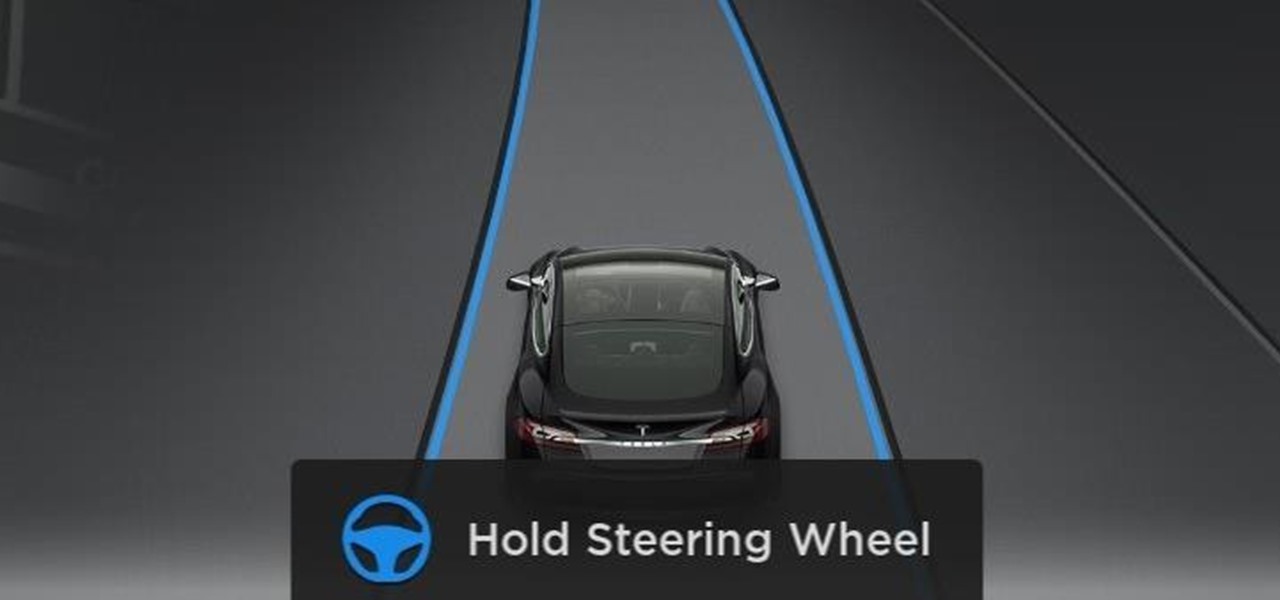


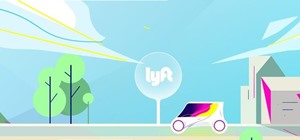

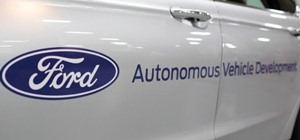

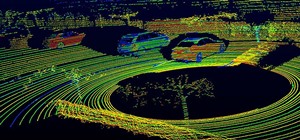
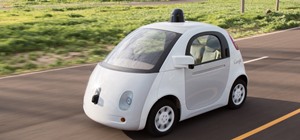
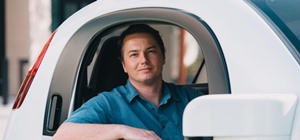


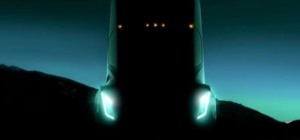

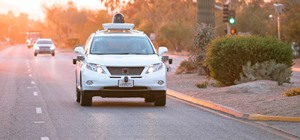
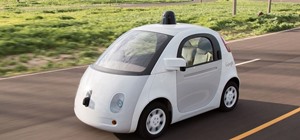
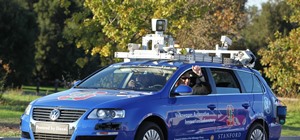
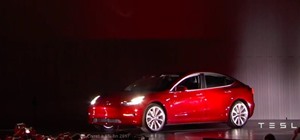


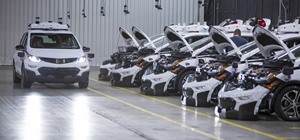
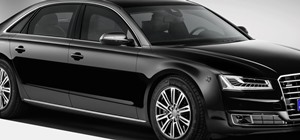

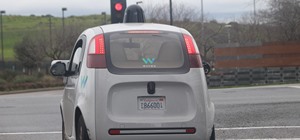
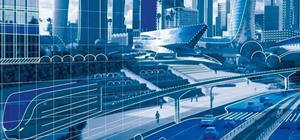
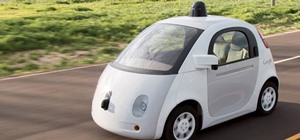
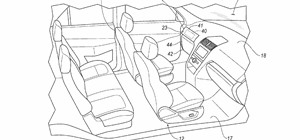
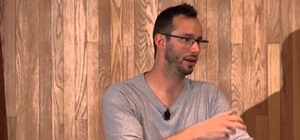
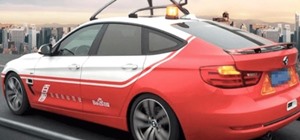
Be the First to Comment
Share Your Thoughts